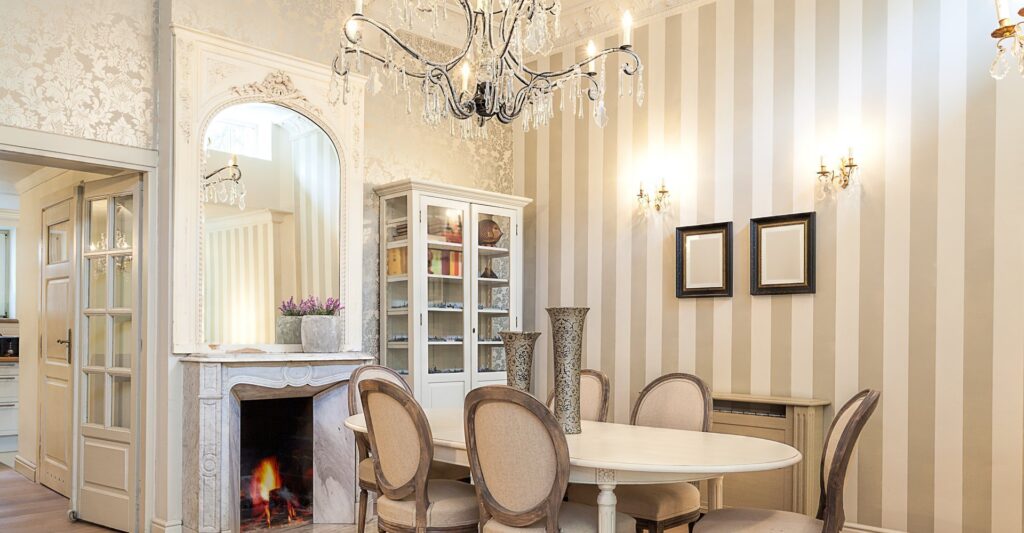All living organisms rely on light to survive, but were you aware that the light you encounter during the course of the day (and night) can impact your health?
People undergo 24-hour sleep/wake cycles known as circadian rhythms. Essentially, individuals require bright days and dim/dark nights to align with what their body anticipates. Recent studies indicate that people function optimally when exposed to intense light early in the day and softer light in the late afternoon and evening. This “dosage” of light should be experienced daily to uphold the circadian rhythm, which can improve sleep and overall well-being.
In the contemporary world, achieving the natural day/night cycle might be challenging. Many individuals spend their days indoors working and their evenings exposed to screens and artificial light sources, disrupting the desired light exposure cycle.
The encouraging news is that research shows we can employ electric light sources to provide the appropriate levels of light at the correct times throughout the day to aid in maintaining a healthy circadian rhythm.
Light Up Your Work Area
If you work from home or in an office with windows, leverage available daylight and position your workstation closer to the window. Additionally, consider incorporating a softly diffused light source about an arm’s length away from where you spend the majority of your time during the day. Something diffused through a shade or other medium will be gentler on the eyes, allowing you to stay focused on tasks while maintaining proper light exposure.
Regulate Light Intensity
Make use of lighting controls, such as dimmers or smart control products. If your lights have dimmers, set a timer to remind you to lower the light intensity in the evening. With smart controls, it is feasible to program lights to automatically adjust based on the time of day.
Implement Layered Lighting
It is always beneficial to illuminate every space with layers. Integrating general or ambient lighting, accent lighting, and task lighting adds versatility. Besides enhancing the style and functionality of a space, layered lighting enables you to direct light when and where you need it, giving you more control over the light you encounter throughout the day.
A lighting expert at a nearby ALA-member showroom can assist in designing a lighting plan for a beautiful, functional, and healthful space.

